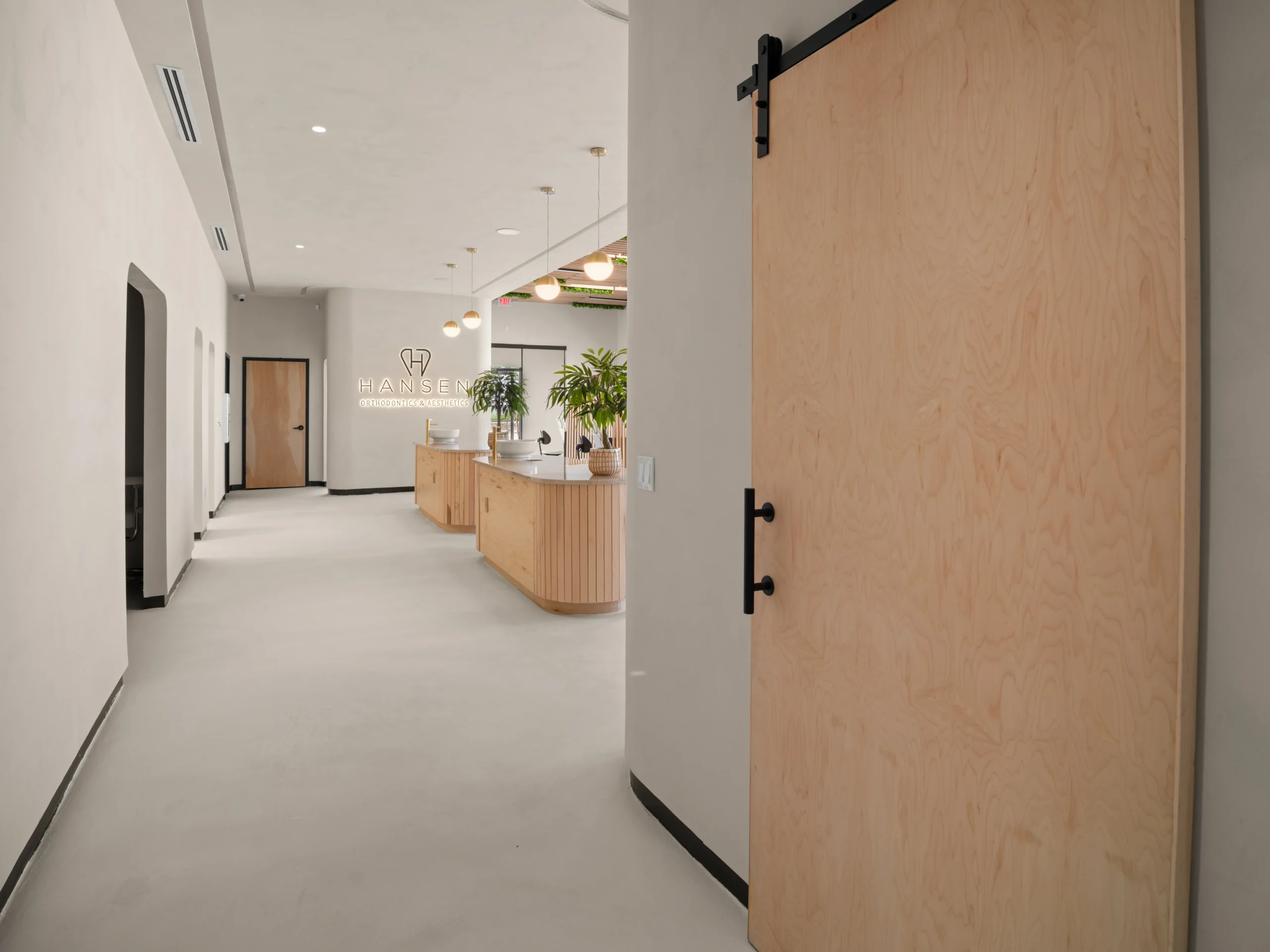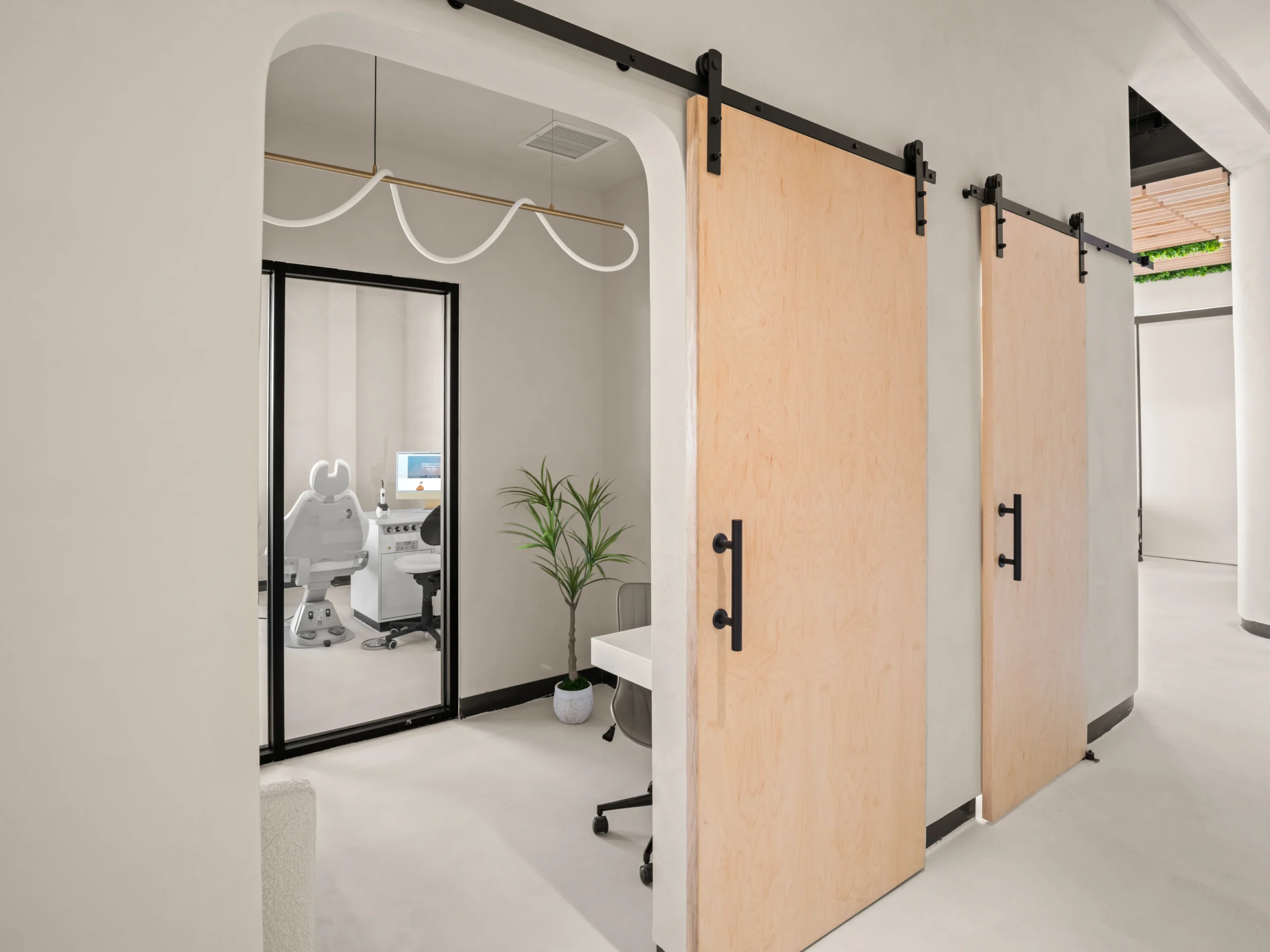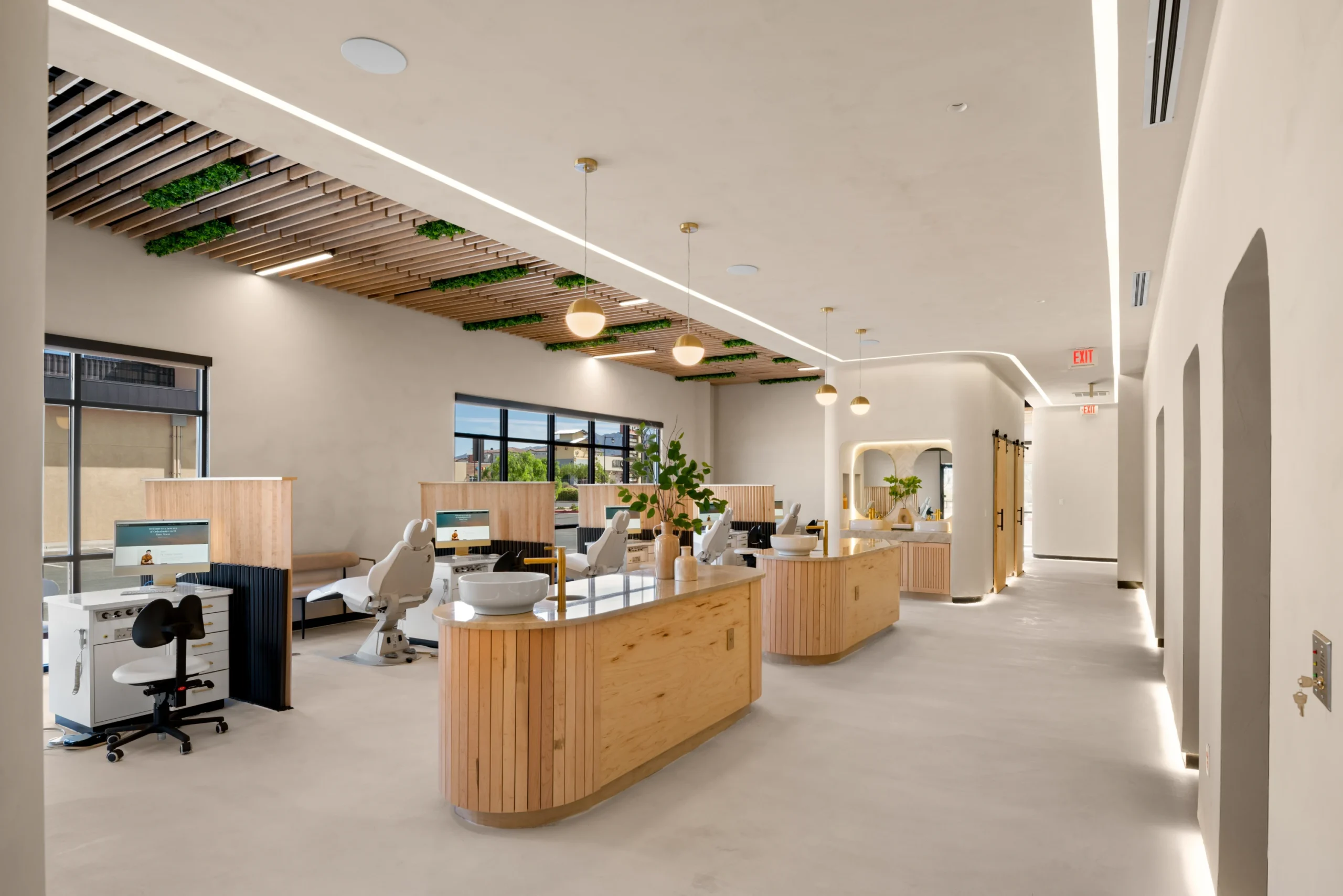At Hansen Orthodontics & Aesthetics, we believe in empowering patients with knowledge, support, and a personalized experience from day one. Whether you’re starting treatment for yourself or your child, our goal is to make every step comfortable, clear, and confident — from your first visit to long-term care.
Your first appointment is more than an introduction — it’s the foundation for your future smile. During this visit, you’ll meet our caring team, tour our state-of-the-art office, and receive a comprehensive orthodontic evaluation using advanced digital technology.
Instead of traditional molds, we use comfortable intraoral scanners for fast, precise digital impressions. This allows us to build a fully personalized treatment plan while answering all your questions and helping you understand every available option. We’re here to guide you — not pressure you — toward a confident decision about your smile.




Orthodontic issues can happen between visits, but most are manageable with the right steps. If you’re experiencing discomfort after hours, follow these tips:
Apply orthodontic wax to the area to ease discomfort.
Use over-the-counter pain relievers like ibuprofen or acetaminophen.
Call our office or leave a message so we can schedule a repair appointment promptly.
Carefully trim the end with sterilized nail clippers if it’s causing pain.
Rinse with warm salt water and stick to soft foods.
We believe orthodontic care should be accessible for everyone. That’s why we offer:
With low or no interest
For reduced monthly payments
With trusted medical lenders
To maximize your benefits and reduce out-of-pocket costs
Our team is happy to review your benefits and create a custom payment plan that works for your financial situation.
Local anesthesia is typically used for non-surgical gummy smile treatment. It numbs the treatment area, ensuring the procedure is painless and comfortable. Patients remain awake but will not feel any discomfort during the laser contouring.
The duration of the treatment varies depending on the extent of gum tissue that needs to be contoured. On average, the procedure takes about 1 to 2 hours. This includes preparation, the actual laser treatment, and post-treatment instructions.
Yes, following the treatment, it is advisable to avoid hard, crunchy, or spicy foods for a few days. Soft and cool foods are recommended to minimize irritation to the treated gum area. Proper post-treatment care ensures quicker healing and better results.
Common side effects include mild swelling, redness, and slight discomfort in the treated area. These symptoms usually subside within a few days. Following the aftercare instructions provided by the orthodontist can help minimize these side effects.
While initial improvements can be seen immediately after the procedure, the final results are typically visible after the gums have fully healed. Complete healing usually takes a few weeks. Regular follow-up appointments will help monitor the progress and ensure optimal outcomes.
To keep your treatment effective and your mouth healthy, follow these daily habits:
01.
03.
05.
07.
Your smile is more than aesthetics—it’s confidence, connection, and opportunity. At Hansen Orthodontics, we combine precision, artistry, and care to craft smiles that truly inspire.